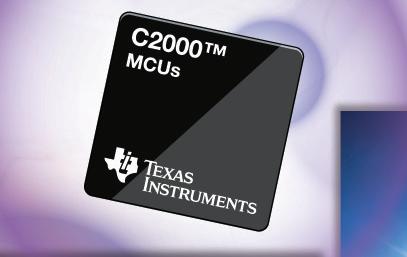By Michael J. Kawa
While the number of electric cars on the road still remains small relative to their gas driven counter parts – their number has been steadily rising. Industry experts forecast there will be over three million sold annually world wide by the year 20201 . Besides improvements to the vehicles themselves, one of the reasons for this anticipated jump is the improved infrastructure to support these vehicles which is currently being developed and implemented.
One of the key segments of this improved infrastructure is the EV charging system. This system is comprised of the energy source, the connector and cable interface, the charger circuit and the battery pack itself.
The effectiveness of these systems, in a practical sense to the public en mass, is measured in their accessibility to users and the time to charge an EV to full power. Unlike gas driven vehicles which can be filled up in minutes at gas station pumps seemingly on almost every corner, EV owners historically have had to search far and wide for a place to plug in and once they did, they were in for a long wait to charge.
Significant improvements have come in the form of new battery innovations which have enabled notable reductions in EV charge times. Lithium Ion batteries have become the technology of choice because of their ability to store a large charge relative to their size. Their high power density also enables the them to absorb energy at a much higher rate. This reduces the time it takes for battery packs to recharge through an external source or to recover energy through regenerative braking.
The next critical part of the EV charging system is the charger. This is comprised of the power drive circuitry and its associated controllers. In the Mouser canon, The C2000TM family of MCU's are the ideal choice for providing high performance control of the power management functions. These devices utilize programmable control loops to create the necessary charge profile for the battery and use advanced peripherals to enable real time control and communication.

The C2000 Series of MCU's from Texas Instruments part of the Mouser canon. (Graphic courtesy of Texas Instruments.)
A possible game changing step for making EV charging systems more widespread and accessible is the adoption of the Combined Charging System (CCS) industry standard interface. The single port charge connector was first introduced at the 15th annual VDI Congress and Exhibition: Electronic Systems for Motor Vehicles held in Germany where several automakers from the United States and Europe including heavy hitters such as Ford, GM, BMW, Daimler and Volkswagen, banded together to support the standard.
The universal interface is designed to support all existing modes of EV charging. This includes single-phase AC, three-phase AC, low-power DC and high-power (ultra-fast) DC. The connector also contains built-in communication, electrical, and safety features. Additionally, the interface utilizes the HomePlug Green PHY spec as the standard communication protocol. This is expected to facilitate easy integration into future Smart Grid applications.

The Combined Charging System Connector Interface which meets SAE standards (Graphics courtesy of GM).
The universal connector is expected to reduce design and development complexity for EV manufacturers while providing users with more flexibility in their charging options and a larger number of locations where a charge can be delivered.
1. Navigant Research. Electric Vehicle Market Forecasts 6/2013
Advertisement
Learn more about Mouser Electronics





